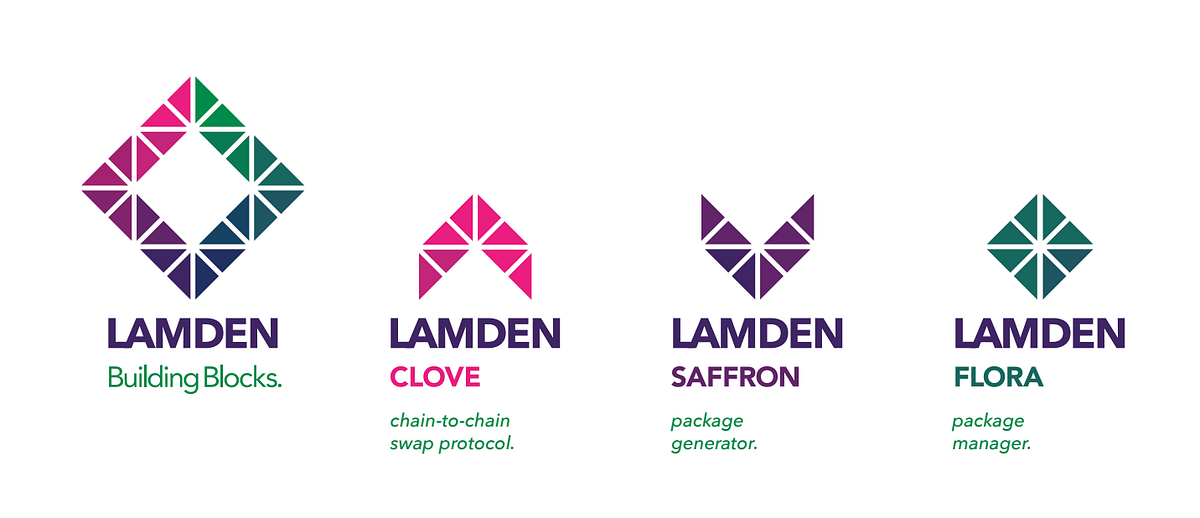$ 0.004 -0.02%
Lamden Tau (TAU) Rank 3645
| Mkt.Cap | $ 889,928.00 | Volume 24H | 0.00000000TAU |
| Market share | 0% | Total Supply | 0.00000000TAU |
| Proof type | DPoS | Open | $ 0.0036 |
| Low | $ 0.0036 | High | $ 0.0036 |
Lamden
You can see proof of this in classical payment systems such as PayPal and Stripe, which charge transaction fees as a stream of revenue, not a means to support the network. Processing transactions at these scales are magnitudes less difficult than solving a single block on the Bitcoin network. The token at the heart of the Lamden blockchain ecosystem is the Tau token. The Lamden blockchain is open-sourced and transactions are free for everyone. The Tau token enables cross-chain communication by acting as an intermediary liquidity token to facilitate Lamden’s decentralized Atomic Swap network.
That’s why these two structures are developed abstractly. They can be modified, created, and added to the project directory without any additional installation and are then dynamically loaded when the software is run.
CoinMarketCal
This means that the overall storage footprint of the system is already 1/8th (12.5%) of the size of the status quo Bitcoin, Litecoin, and Ethereum systems. Cassandra automatically takes care of node faults and heals itself incase a node goes down, so the resilience of the system is equivalent to the status quo systems as well. A blockchain is a type of hashed data store that uses merkle proofs to keep a singular record of transactions.

Advisors
There’s no way to introduce new node types, actors, etc. It’s all contained in the scope of the EVM, which is a small subset of what happens when Ethereum is running. While Lamden’s main deployment of Cilantro is specifically for atomic swaps, Lamden’s mission statement is to create an easy framework for the development of new blockchain and decentralized systems. Thus, it is required that Cilantro serves as a launchpad for completely custom and new systems. Although we have not explained Delegates entirely, they are similar to Delegates in DPOS systems such as Bitshares and Lisk.
The Lamden Tau token is an interoperable cryptocurrency that uses a Turing Incomplete Smart Contracting Blockchain. This token also features a delegated proof of stake. The presale is running from Oct. 29 to Dec. 1 with an Ether hard cap of 8,504.

One transaction needs one stamp which is fulfilled by some number of Tau coins. However, Cilantro supports smart contracting, which means that transactional payloads can vary in how much data they are sending over the wire. This means that an attacker could purchase some stamps legitimately and create transactions with huge payloads and spam them throughout the network. Thus, the best implementation of a smart contract package manager couples the convenience and practicality of a conventional package manager with the security measures seen in the blockchain space. This is why Flora features a private-public key pair system where packages have to be signed with a wallet key.

The token sale date is yet to be announced, and a hard cap will be at $10 million, with the hard cap to be determined based on the price of Ethereum. The presale is underway and runs til December the 1st. They allow for the private blockchain system to grow rapidly while simultaneously assisting with distribution. Finally, Clove is a router for distributed blockchains. It works to build trustless chain-to-chain transactions for all types, with high-output payment networks.

There are absolutely no transaction fees between blockchains or internally. Because of this, Clove lets companies communicate with others regardless of the programming language. At the same time, it makes business transactions more transparent and effective.

Systems that try to make ASIC resistant algorithms want the distribution of their cryptocurrency to be flat. However, our distribution already happened, so that is not an issue. Thus, we can now focus on making our system accessible to the masses.
Scores are based on common sense Formulas that we personally use to analyse crypto coins & tokens. Past performance is not necessarily indicative of future results. Finally, to initially bootstrap the network, Lamden plans on hosting and running the majority of Obelisks. As time goes on, it won’t be necessary to continue running them. We want our network to be run by a decentralized community of users.
- This is an important distinction from Solidity where all methods are assumed public unless otherwise specified.
- If you want to make your own blockchain, your options are few.
- It should be noted that Cryptonote-based coins such as Monero and Bytecoin do not support atomic swaps because they do not include a smart contracting language under the hood like Bitcoin, Ethereum, and Cilantro do.
- Whereas Bitcoin and Ethereum use ‘block rewards’ to incentivize people using their network, this doesn’t really address the long term issue of the purpose of people using the network for other things.
Cilantro — a new blockchain
This is nice if you want to turn down the price of gas to zero to allow free transactions to occur on it. However, the dimensions of customizability are still limited to what Ethereum lets you do.
Because Cilantro is programmed to be modular, the blockchain is ultimately a collection of code in a folder structure. Some of this code does not change, such as the routing of messages throughout the network and how blocks are produced and verified with Merkle trees. They are more interested in the logic that occurs when certain transactions are sent in the network and how nodes behave.

Lamden (TAU) to Bitcoin (BTC) exchange
I covered our concept of decentralized governance here. What decentralized governance is good for is a fair way to introduce changes to the system without any disagreement. The inspiration is taken from Bitcoin which forked into the contentious Bitcoin Cash as of 2017. The main purposes of the fork (although there are a great deal of personal and political reasons as well) were completely technical. Increasing the block size would have prevented such a thing from happening.
This system has been demonstrated as robust on the BitShares network. We did not want to inherit the same problems that Bitcoin and Ethereum have.

The Rationale for a New Blockchain
Saffron is a useful project generator tool that modernizes interaction, modification, and creation with blockchain for development. It has fully standardized block explorers and APIs, plus other useful developer tools.

While standard transactions are free on the Lamden blockchain, not all transactions are. Oracle transactions to validate a piece of web content can take a lot of time and require potentially 100+ nodes to participate. In terms of a user experience, voting would occur in a front-end client such as a wallet where proposals are submitted to a block and stay active for a certain amount of time. During that time, clients can read the blockchain, see what the proposal contains, and vote on it. After the vote is finished, the blockchain automatically updates itself accordingly.
Who Is Behind Lamden?
Seneca looks at the blockchain like a database driver looks at a standard web application. The blockchain is simply a mutually agreed upon data store that people can modify and access all together. Thus, Seneca offers an interface that treats data like a tabular datastore and uses real SQL to construct the state of the network. For people who want to develop something from scratch, they can use Hyperledger, which is a framework developed by IBM and associated with Monax and the Linux Foundation.






